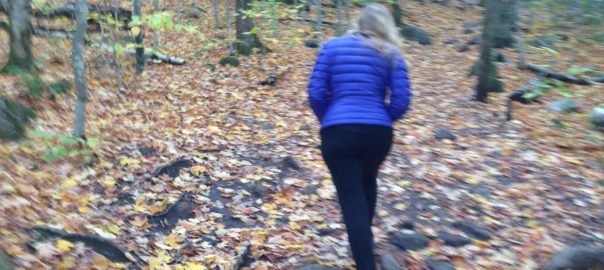Metronome Mountain
Recently a friend and I were talking about our teaching. In passing, I mentioned something about “Metronome Mountain” as a practice strategy. “Good grief,” Joel said, “what is ‘Metronome Mountain’?”
There are probably dozens of ways to use the metronome creatively in our practicing. We can use it to systematically inch our tempo forward, one notch at a time. We can “sandwich” slow and fast speeds (particularly helpful if one embraces those huge double-decker BLT sort of sandwiches so that our metronome sandwich becomes Slow-Fast-Slow-Fast-Slow.) But for both my own practicing and for student assignments, I really love Metronome Mountain.
Metronome Mountain goes like this: I begin at a comfortable tempo, something that doesn’t push me at all or force me to sacrifice accuracy in any way. The next repetition I move it up slightly, halfway up the mountain of tempo possibility so to speak, still comfortable, but starting to cause me to work harder. Then I jump the speed up to my edge, perhaps closer to the actual performance tempo, right where I am really beginning to dance against security. After that somewhat breathless run, I reverse the climb. I set the metronome back to halfway down the mountain. And then, for the final repetition, I once again take the easy route, solidifying the notes and gestures at a leisurely tempo. It might look something like this: 80-92-112-92-80. Or 100-120-144-120-100. Or…Or….
Metronome Mountain. I like it. I like that the repetitions are weighed more towards the comfy and safe than the edgy and dangerous. I like starting and ending with the same tempo. I like the chance to fling myself at the top speed without living up there where the air is too thin to breathe well.
Matt and I just returned from two weeks in Quebec where we climbed several mountains covered in spectacular fall color. I liked that too.
